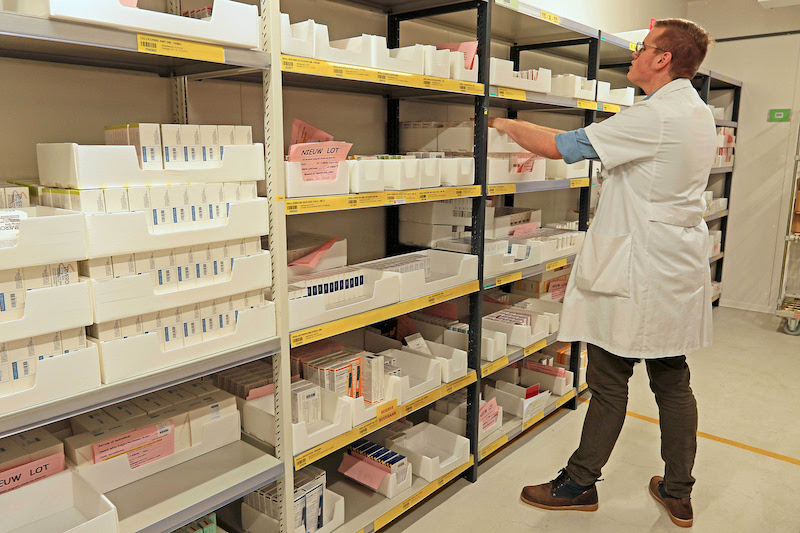
Nystagmus : a type of strabismus
Nystagmus is that fast, uncontrolled, repetitive movement of the eyes that means we can not keep your eyes fixed on a point or that when we look at the child or adult who suffer, let’s look as the eyes do not stay still.
It really is a type of strabismus, but very distinctive, because its appearance can lead to a significant loss of visual acuity or even be indicative of it; that is, when you have a vision nystagmus can be bad, but it also happens that when the nystagmus occurs at an early age is the result of a very poor vision. That is, nystagmus may be the cause or the result of poor vision.
When uncontrolled movement appears in an adult suddenly, we should rule that there is a much more severe neurological process that is the cause of this event and discard some processes that could even compromise the patient’s life; This requires interdisciplinary collaboration with a neurologist and ophthalmologist not only.
When children sometimes occurs from what the child does it is look for a position of the head where the eyes move less; that is, if the eyes looking up control that movement, which will be tilted head down to take your eyes always that position where they move less and thus get a better view. This is what we call a stiff neck and strange as it may seem in many cases is not due to a neck problem, but an eye problem and will in such cases when an operation of the muscles of the eyes, the strabismus, we will reduce this torticollis.
Nystagmus and technologies
Today there are modern methods that allow us to record the various components of nystagmus, and the latest technologies in videonystagmography of which we are experts and pioneers, allow us to record with accuracy the movements of the eyes as if it were a slow motion analyzing the different positions of the head to see in detail those aspects that simple visualization does not. These techniques are based videooculografía-videonystagmography in modern infrared camera systems that record the movement of the eyes in the three axes of space, with 1 above definitions, much more than the eye and the hand scanner can measure.
Thanks to these modern methods we can offer greater security in our interventions in adult patients and allow us to approach the most appropriate surgery in children.
Likewise, recent studies point to treatment with botulinum toxin introduced in early ages can temporarily paralyze the movement of the eyes and get a better development of visual acuity in those early but crucial moments in the development.
Nystagmus is a serious problem, often causing significant visual unrecoverable losses in the future, which makes any effort to lessen it is of great interest. Likewise, the torticollis, head turning those focusing, are extremely disabling and greatly restrict the field of vision, making any treatment to help eliminate or improve them is of great importance.
Patients with nystagmus should be jointly assessed by the specialist in strabismus ophthalmologist in collaboration with a neurologist to rule out any other cause of the same process and that joint efforts with the support of modern technologies VNG, we address the treatment of a pathology important in its consequences and limitations for the future of our patients.
Modern techniques of image recording as videooculografía are opening the doors to the knowledge of a disease whose complexity registration made to date to be very difficult to treat. No doubt the future will bring us advances that come from the hand of these techniques that I consider essential in any unit senior strabismus.
Director Nacional Unidad de Oftalmología Pediátrica y Estrabismos
Clínica Baviera Alicante





Pingback: Visual health and new technologies - Revista - Mas Que Salud -Toda la actualidad en salud y artículos de estilos de vida